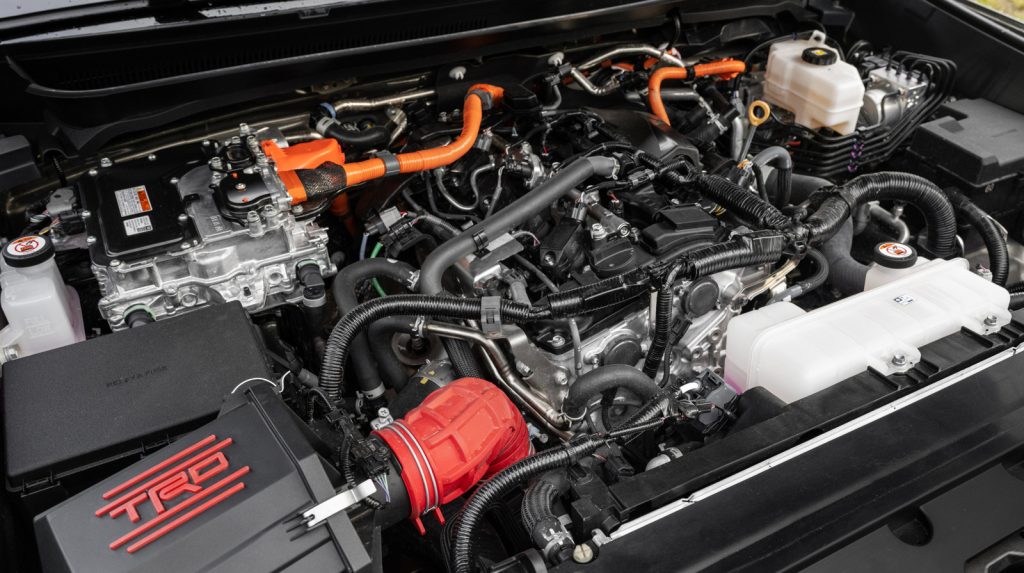The Ethanol Enigma: Unraveling the Truth Behind This Controversial Fuel
For decades, ethanol has been a hot topic in the automotive world and beyond. From its early beginnings powering pioneering engines to its modern-day presence at nearly every gas pump, this biofuel has been hailed as both a savior and a scam. But what’s the real story behind ethanol? Is it a cleaner, renewable alternative to gasoline, or a misleading solution with more drawbacks than benefits? Let’s delve into the complex world of ethanol and explore its advantages, disadvantages, and its impact on your vehicle.
A Brief History of Ethanol in Engines
The use of ethanol as a fuel source dates back to the very beginnings of the internal combustion engine. Nicolaus Otto, the inventor of the four-stroke engine, used ethanol to power one of his early prototypes in 1876. This demonstrates that ethanol wasn’t just a modern invention but rather a fuel that was considered right from the inception of the technology.
In the 1920s and 1930s, ethanol gained popularity as a performance-enhancing additive to gasoline. This early adoption wasn’t driven by environmental concerns but rather by the desire to boost engine performance. Ethanol’s high octane rating made it a natural fit for enhancing combustion and reducing engine knocking.
However, the modern wave of interest in ethanol began in the 1970s, driven by a combination of factors: gas shortages, rising fuel prices, and growing environmental awareness. Ethanol was touted as a domestically produced, renewable fuel that could reduce reliance on foreign oil and decrease harmful emissions.
Ethanol’s Advocates and Detractors: A Contentious Debate
The claims made about ethanol’s benefits have become increasingly controversial over the years. While some argue that it’s a vital component of a sustainable energy future, others label it a complete fraud, pointing to its environmental and economic shortcomings. As with many complex issues, the truth likely lies somewhere in the middle.
The debate surrounding ethanol often involves a mix of scientific data, economic interests, and emotional arguments. It’s crucial to examine the facts objectively and consider the perspectives of all stakeholders involved. The question isn’t necessarily whether ethanol is inherently “good” or “bad,” but rather under what circumstances it makes sense as part of a broader energy strategy.
Unpacking the Advantages of Ethanol
Octane Boosting
One of the primary reasons ethanol is added to gasoline is its high octane rating. Octane rating measures a fuel’s ability to resist engine knocking, which is the uncontrolled combustion of fuel in the engine’s cylinders. Engine knocking can damage the engine and reduce its efficiency.
By blending ethanol with gasoline, fuel producers can increase the overall octane rating of the fuel, reducing the risk of knocking. In the United States, most gasoline contains 10% ethanol (E10), which helps to meet octane requirements without the need for more expensive refining processes.
Cleaner Burning (Potentially)
Ethanol can burn cleaner and more completely than gasoline, resulting in lower emissions of certain pollutants, such as particulate matter and carbon monoxide. This is one of the main arguments made by ethanol proponents.
However, the environmental benefits of ethanol are not as clear-cut as they might seem. When considering the entire lifecycle of ethanol production, including the energy required to grow, harvest, and process corn into ethanol, some studies have found that the overall greenhouse gas emissions can be comparable to or even higher than those of gasoline.
Renewable Resource
Ethanol is primarily derived from corn in the United States, which is a renewable resource that can be grown domestically. This reduces dependence on foreign oil sources, improving energy security.
However, the reliance on corn for ethanol production has also raised concerns about the impact on food prices and land use. As more corn is diverted to ethanol production, there may be less available for food and animal feed, potentially driving up prices. Additionally, the expansion of corn farms can lead to deforestation and habitat loss.
Economic Benefits for Farmers
The production of ethanol creates a market for corn, benefiting farmers and rural communities. This is a significant factor in the political support that ethanol receives, particularly in agricultural states.
However, some economists argue that the subsidies and mandates that support the ethanol industry distort the market and lead to inefficiencies. They contend that a more market-based approach would be more economically sound in the long run.
Examining the Disadvantages of Ethanol
Lower Energy Content
Ethanol contains less energy per gallon than gasoline. This means that vehicles running on ethanol will typically experience a decrease in fuel economy. The effect is more pronounced with higher ethanol blends like E85 (85% ethanol, 15% gasoline).
This reduction in fuel economy partially offsets the lower cost of ethanol at the pump. Consumers need to consider the trade-off between price and fuel efficiency when deciding whether to use ethanol-blended fuels.
Corrosion and Material Compatibility Issues
Ethanol is a solvent that can degrade or dissolve certain types of rubber and plastic used in older vehicles. This can lead to fuel leaks, clogged fuel filters, and other engine problems.
Even in newer vehicles designed to run on E10, there can be concerns about the long-term effects of ethanol on fuel system components. Ethanol can also absorb water from the air, which can contribute to corrosion in the fuel system.
Food vs. Fuel Debate
As mentioned earlier, the use of corn for ethanol production has sparked a debate about food security. Diverting corn to fuel production can raise food prices and reduce the availability of corn for other uses.
This issue is particularly relevant in developing countries, where food scarcity is a major concern. The use of crops for biofuel production can exacerbate these problems and lead to food shortages.
Water Usage
Ethanol production requires significant amounts of water for irrigation and processing. In regions where water is scarce, this can strain water resources and lead to environmental problems.
The environmental impact of ethanol production depends heavily on the specific location and the methods used. In some areas, the water footprint of ethanol may be unsustainable.
Ethanol and Your Engine: What You Need to Know
Modern Vehicles
Most modern vehicles (manufactured from the 2000s onwards) are designed to run on E10 fuel without any problems. These vehicles have fuel system components that are compatible with ethanol.
However, it’s still important to follow the manufacturer’s recommendations regarding fuel type. Some high-performance vehicles may require premium gasoline with a higher octane rating, even if they are compatible with E10.
Older Vehicles
Older vehicles (pre-2000s) may experience problems when running on E10 fuel. The ethanol can degrade rubber and plastic components, leading to fuel leaks and other issues.
If you own an older vehicle, it’s best to consult with a mechanic or research the vehicle’s compatibility with ethanol-blended fuels. You may need to use fuel additives or replace certain parts to protect the fuel system.
Flex Fuel Vehicles (FFVs)
Flex Fuel Vehicles (FFVs) are designed to run on a wide range of ethanol blends, from E10 to E85. These vehicles have fuel systems that are specifically engineered to handle the corrosive effects of ethanol.
FFVs offer consumers more flexibility in terms of fuel choice. However, it’s important to remember that running on E85 will typically result in lower fuel economy.
E85 and Performance
While E85 can offer some performance benefits due to its high octane rating, it’s generally not worth the trade-off in fuel economy unless you have a modified engine specifically tuned for E85. Some enthusiasts modify older engines to run on E85, but this requires significant investment in fuel system upgrades and engine tuning.
The Future of Ethanol
The future of ethanol is uncertain. While it remains a significant component of the U.S. fuel supply, its role may evolve as new technologies and alternative fuels emerge.
Advanced Biofuels
One promising area of research is the development of advanced biofuels, which are derived from non-food sources such as algae, switchgrass, and agricultural waste. These biofuels have the potential to offer the benefits of ethanol without the drawbacks related to food security and land use.
Electric Vehicles
The rise of electric vehicles (EVs) poses a significant challenge to the ethanol industry. As EVs become more affordable and widespread, the demand for gasoline and ethanol is likely to decline.
However, ethanol may still play a role in a future with EVs. It could be used as a feedstock for the production of sustainable aviation fuel (SAF) or other biofuels that are difficult to electrify.
Conclusion: A Complex and Evolving Picture
Ethanol is a complex and controversial fuel with both advantages and disadvantages. While it can boost octane, reduce certain emissions, and provide economic benefits to farmers, it also has lower energy content, can cause corrosion problems, and raises concerns about food security and water usage.
The decision of whether to use ethanol-blended fuels depends on a variety of factors, including the type of vehicle you own, your driving habits, and your environmental priorities. It’s important to be informed about the pros and cons of ethanol and to make choices that are right for you.
As technology advances and new fuels emerge, the role of ethanol in the energy landscape is likely to evolve. It remains to be seen whether it will continue to be a major player or whether it will eventually be replaced by more sustainable alternatives. One thing is certain: the debate surrounding ethanol will continue for years to come.





